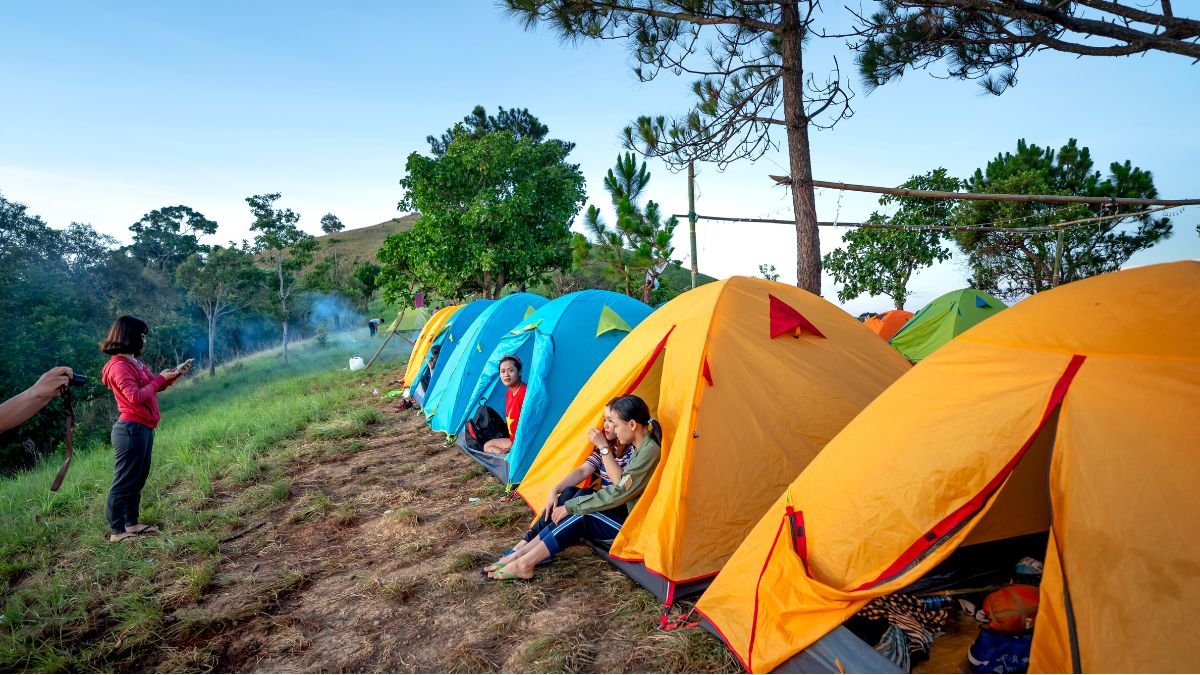After 15 years of full-time RVing, John and Susan have learned to avoid certain “popular” destinations like the plague. What they’ve discovered through countless miles and disappointing stays is that the most heavily marketed RV destinations often deliver the worst experiences for seasoned travelers.
The problem isn’t just hype versus reality; it’s that popular RV destinations frequently suffer from overcrowded campgrounds, inflated prices, stressed infrastructure, and environments that prioritize quantity over quality. New RVers, drawn by glossy brochures and social media buzz, often find themselves packed into concrete lots with minimal amenities, paying premium prices for subpar experiences.
In this guide, you’ll discover five specific destinations that experienced RVers consistently avoid, the real problems these locations present, and better alternatives that offer superior camping experiences. You’ll also learn the red flags that veteran travelers use to spot problematic campgrounds before making reservations, helping you make smarter choices for your RV adventures.
Why Experienced RVers Never Camp at These 5 Popular Destinations
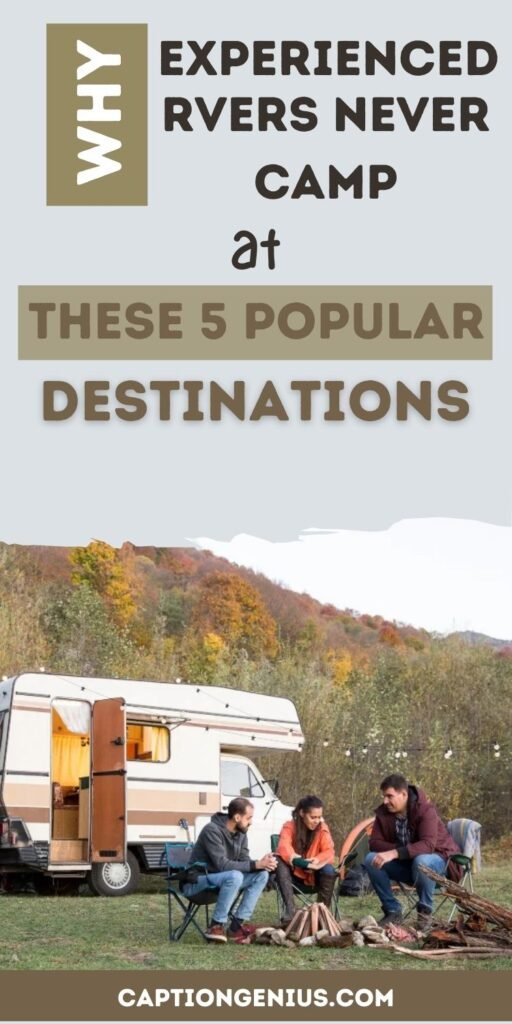
Why National Park Campgrounds Top the Avoid List

National park campgrounds have become a camper’s worst nightmare in 2025. The reservation system is completely broken, with booking rates exceeding 95% at popular parks like Yellowstone and Grand Canyon. Even securing a spot doesn’t guarantee you’ll enjoy it; overcrowded conditions mean zero privacy and constant noise from neighboring sites.
Reservation Problems and Staffing Shortages

The staffing crisis has reached critical levels. Yosemite suspended summer 2025 reservations entirely due to inadequate staffing, while other parks struggle to maintain basic services. The reservation chaos is epitomized by systems that notify 283 people simultaneously for single cancellations, yet maintain shocking 30% no-show rates at some campgrounds.
Overcrowded Camping and Limited Infrastructure
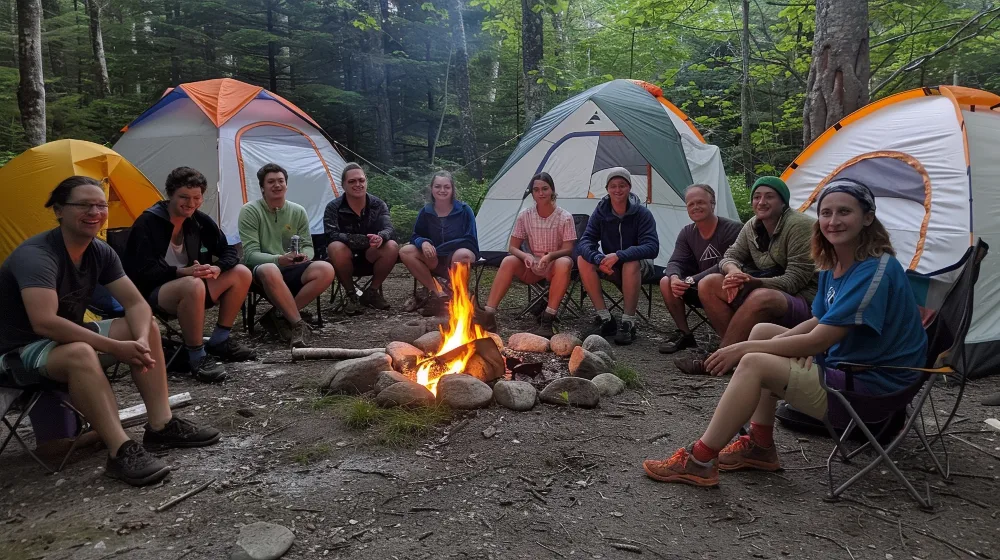
Most national park campgrounds weren’t designed for today’s massive RVs, leaving many visitors scrambling for alternatives. Smart campers skip the hassle entirely, choosing nearby state parks or private campgrounds that offer better amenities, reasonable availability, and actual relaxation; the whole point of camping.
The KOA Conundrum – Why Seasoned RVers Skip the Yellow Signs
KOA campgrounds may promise convenience and consistency, but experienced RVers have learned to look elsewhere. What appears to be a reliable camping network often delivers disappointment through cramped conditions and inflated pricing that doesn’t match the experience.
Cramped RV Sites and Privacy Issues
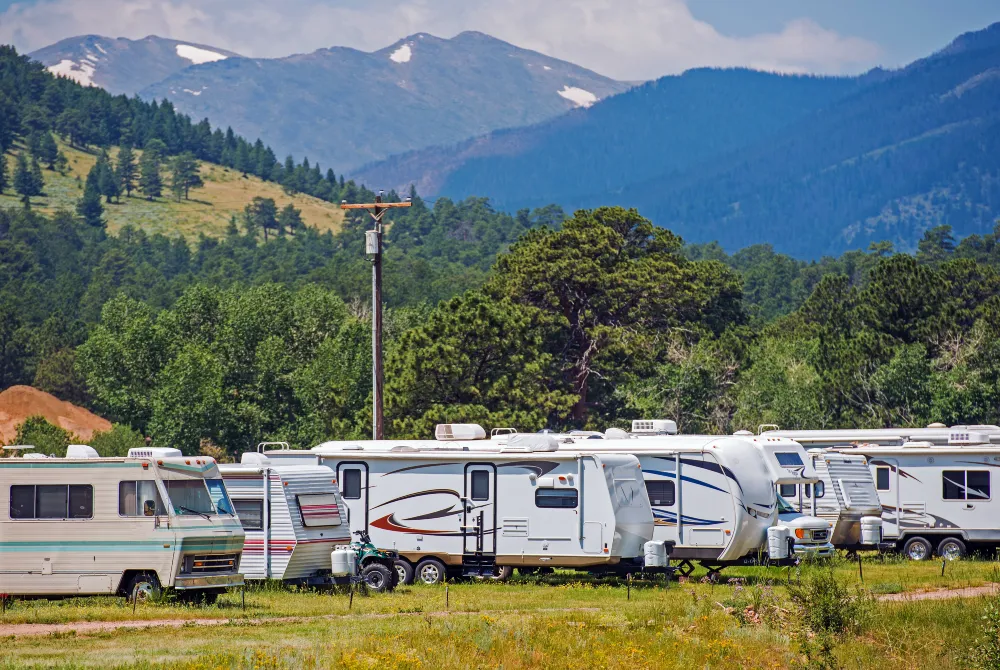
KOA sites are notoriously cramped, packing RVs just feet apart with zero privacy. You’ll hear neighbors’ conversations, generators, and kids constantly. It’s like camping in a noisy parking lot, not the peaceful outdoors experience most RVers want.
Premium Pricing for Basic Experience

KOA charges premium rates 30-50% above comparable campgrounds for basic amenities and a commercial atmosphere. Many locations enforce strict age restrictions, rejecting well-maintained older RVs that don’t meet their arbitrary standards, adding insult to the already overpriced experience.
Popular Beach Destinations That Disappoint RVers
Beach RV camping sounds idyllic until you experience the harsh realities of coastal camping. Popular destinations like the Florida Panhandle, Outer Banks, and Gulf Shores draw millions of RVers annually, but the experience rarely matches the Instagram photos.
Overcrowding and Access Issues
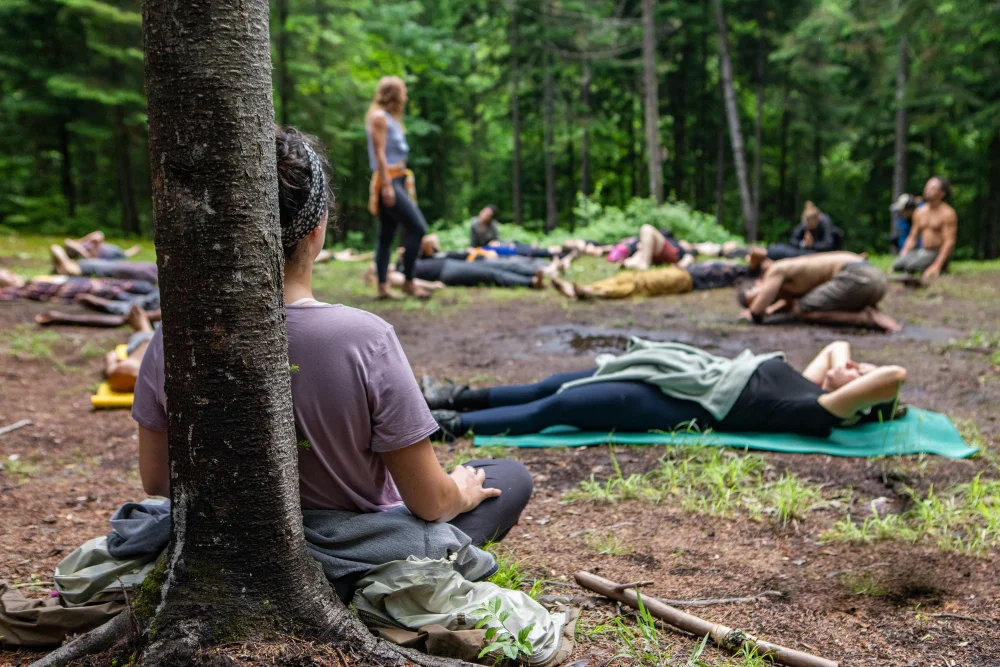
Florida’s summer brings bumper-to-bumper RV chaos in the Panhandle. Destin and Panama City Beach offer minimal RV beach access, requiring long shuttles to shore. The Outer Banks has narrow roads unsuitable for large RVs and ferry restrictions that strand visitors during peak season.
Weather Risks and Inflated Costs
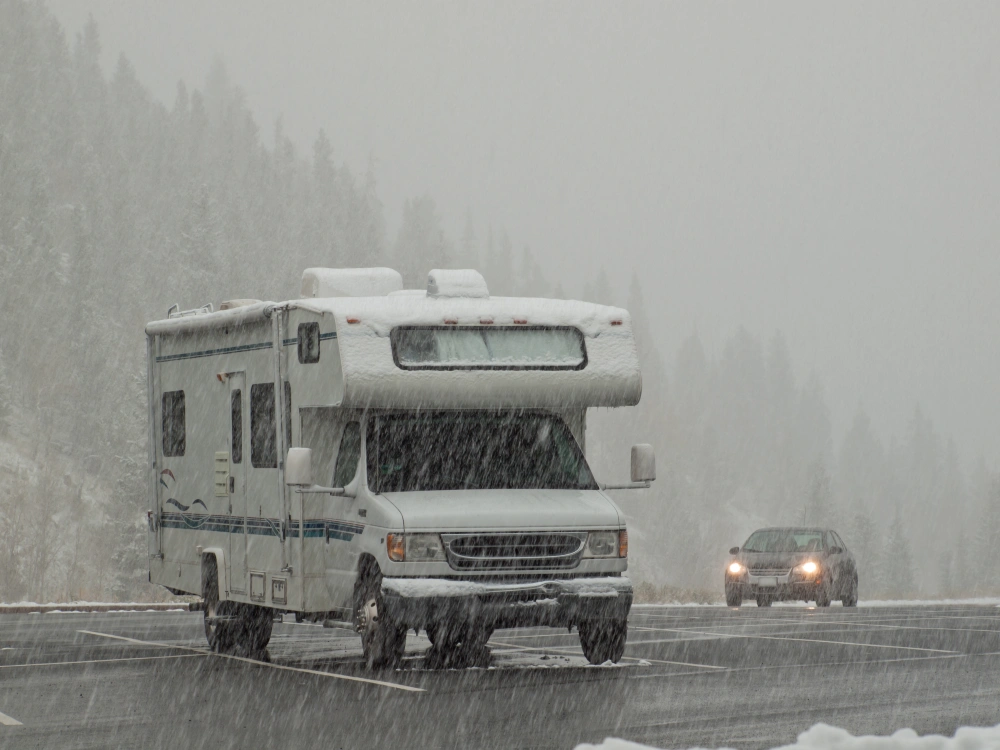
Hurricane season creates dangerous evacuation challenges for large RVs. Peak season rates skyrocket 200-300%; Gulf Shores sites jump from $40 to $150+. Salt air and sand damage RV exteriors, AC systems, and slide-outs, creating expensive maintenance costs that eliminate vacation savings.
Mountain Resort Areas – Beautiful but Brutal for RVers
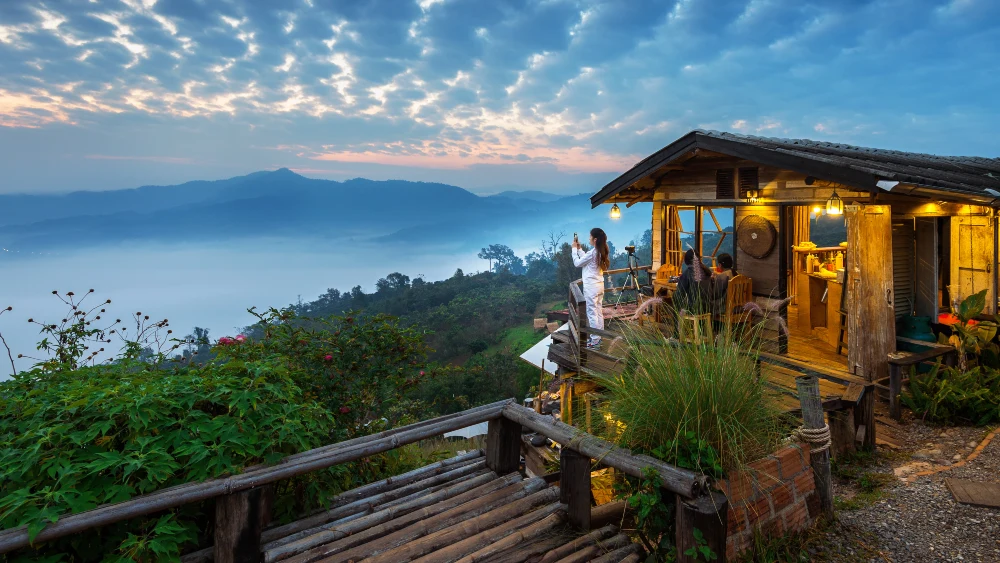
Mountain RV camping offers stunning vistas but presents serious challenges that can turn dream vacations into nightmares. Popular destinations like Glacier National Park, Big Sur, and the Colorado Rockies attract RVers with Instagram-worthy scenery, then punish them with harsh realities.
Dangerous RV Routes and Access Challenges
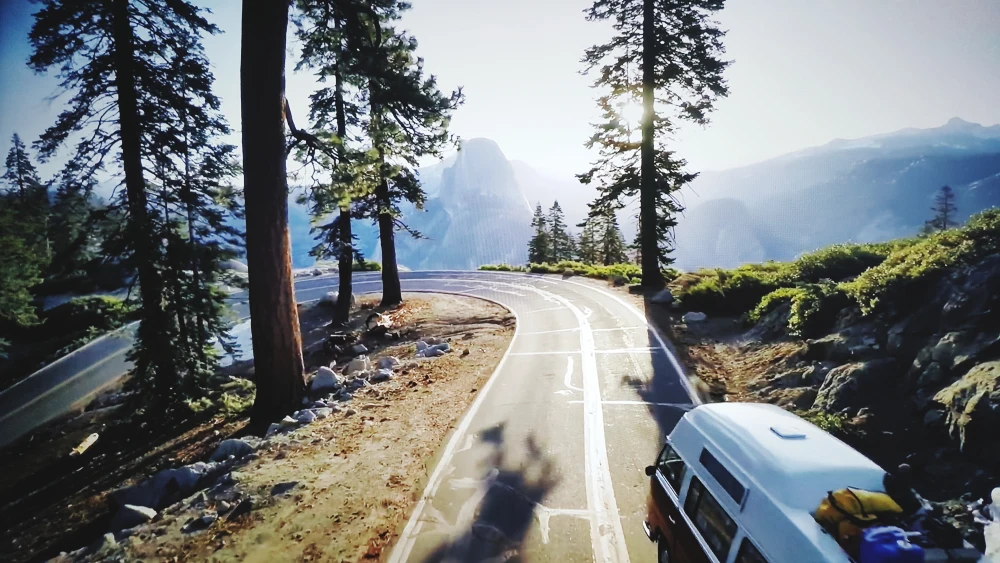
California’s Route 1 and Glacier’s Going-to-the-Sun Road feature steep grades, hairpin turns, and width restrictions, making large RV travel dangerous or impossible. Mountain roads with 6-8% grades strain engines while narrow switchbacks force dangerous reversals. Weather closures and no cell service create emergencies.
Altitude RV Problems and Premium Costs
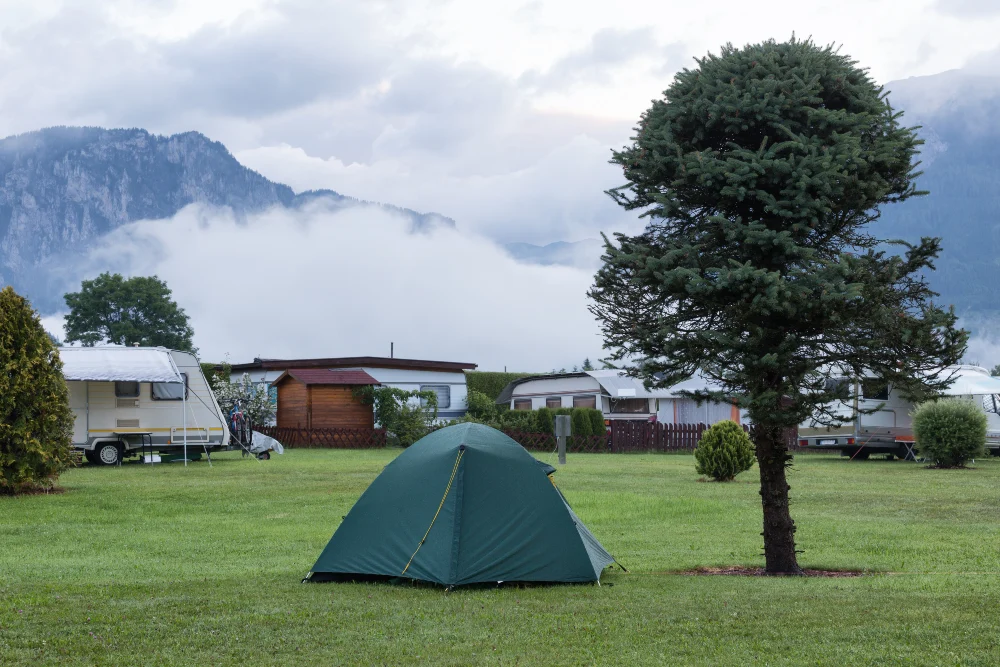
High elevation creates altitude RV problems that catch newcomers off guard. Refrigerators struggle to maintain temperature, water systems freeze unexpectedly, and propane appliances malfunction in thin air. Despite these challenges, mountain campground rates command premium pricing; sites in Aspen or Lake Tahoe easily cost $100+ nightly for basic hookups that would run $30 elsewhere.
Urban RV Parks – Why Cities Are RV Nightmares
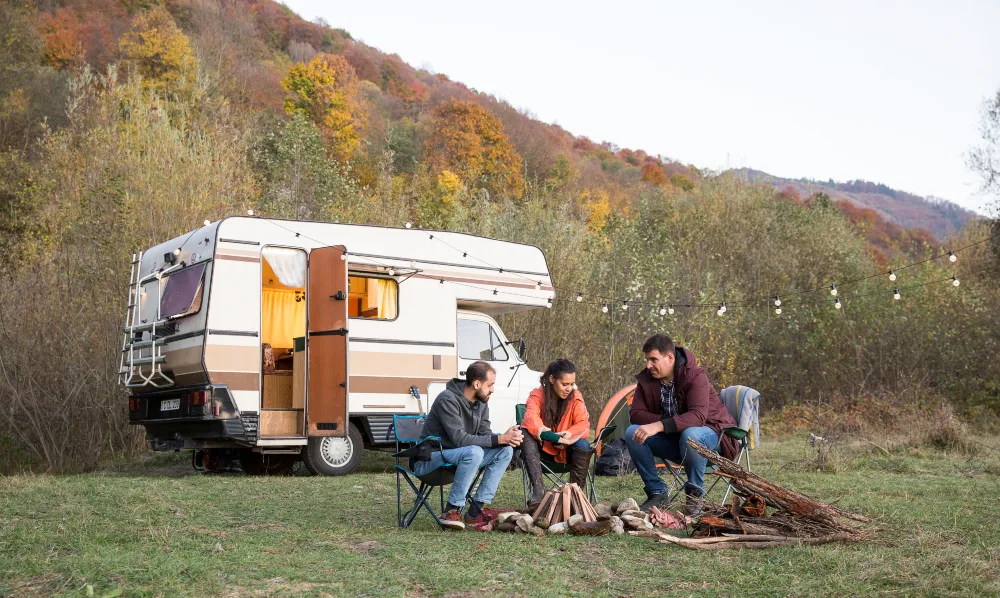
Urban RV camping promises convenience and city attractions, but delivers stress and disappointment. Metropolitan areas like San Francisco, Los Angeles, and Chicago present unique challenges that make RV travel a logistical nightmare rather than a relaxing escape.
RV Navigation Issues and Traffic Chaos
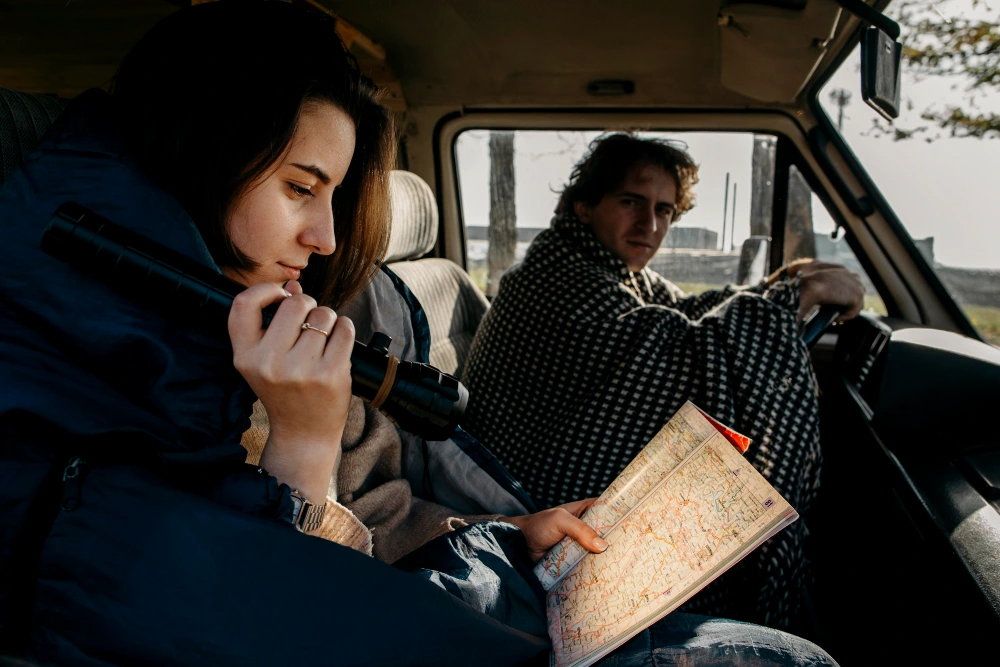
Large RVs create constant anxiety in cities. San Francisco’s steep hills and narrow streets trap RVers, while low bridges force lengthy detours. GPS systems ignore RV limitations, traffic turns grocery runs into hour-long ordeals, and finding parking becomes an expensive daily challenge in urban areas.
Security Concerns and Industrial Atmosphere
Urban RV parks sit in industrial zones surrounded by warehouses and highways, eliminating nature connections. High crime rates require constant vigilance against theft. Traffic, sirens, and industrial noise make peaceful sleep impossible, defeating RV travel’s primary purpose of relaxation and escape.
Conclusion
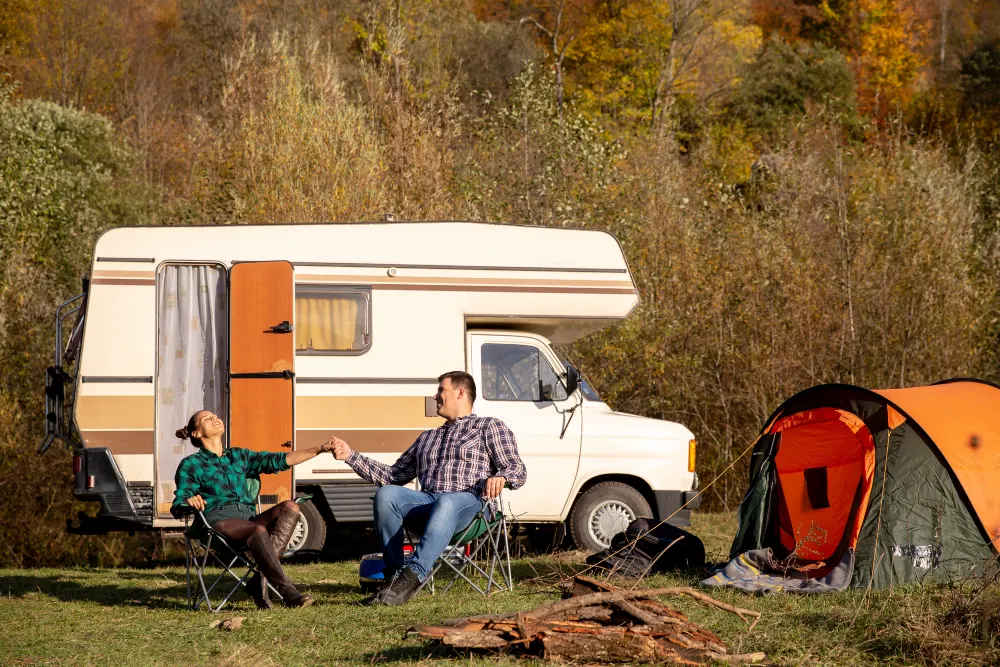
Experienced RVers avoid popular destinations that prioritize Instagram appeal over quality. Overcrowded national parks, cramped KOA sites, problematic beaches, dangerous mountain routes, and noisy urban parks all disappoint despite their fame.
Veteran RVers choose less popular destinations offering superior amenities, reasonable rates, and genuine tranquility over brand recognition. Before booking, research alternatives using RV LIFE Trip Wizard and Campendium to find hidden gems with honest reviews. Choose substance over social media hype.

